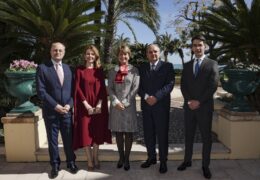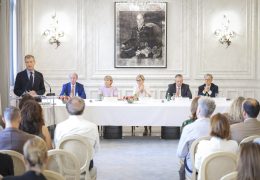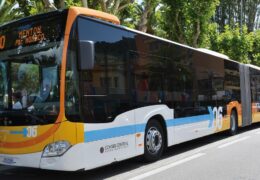Monaco’s International Cooperation: 3.5 Million Beneficiaries Between 2022 and 2024

On Friday, June 6, the Directorate of International Cooperation presented to the Heads of Government Departments the main results of the 2022–2024 Strategic Cooperation Plan.
During this period, the Prince’s Government mobilized €74.1 million in Official Development Assistance (ODA) to support the fight against poverty.
With €637/year per capita, Monaco ranks among the most supportive countries in the world—a true “small country with a big heart,” as described by UN Secretary-General Ban Ki-moon in 2013.
By focusing its efforts on 12 countries across 3 regions*, Monaco’s Cooperation concentrates its support to maximize the impact of its actions. Over 75% of ODA was directed to eight Least Developed Countries (LDCs), thus meeting the UN’s target in this regard.
With one-third of resources allocated and 2.4 million beneficiaries, health remains the leading sector of Monaco’s Cooperation. This support helped strengthen health system capacities and contributed to the reduction of maternal, child, and adolescent mortality.
Initiatives aimed at enhancing food and nutrition security reached half a million direct beneficiaries, relying particularly on sustainable agriculture and the “School Feeding” program, which promotes the development of school canteens.
Projects in education and child protection also impacted 500,000 people, with special attention given to girls’ education.
Support for access to decent work enabled nearly 100,000 people to progress toward economic empowerment, through improved employability, vocational training, and access to entrepreneurship, especially for women and youth.
Across all interventions, the most vulnerable populations were prioritized—children, women and girls, persons with disabilities, displaced individuals, and refugees.
Environmental protection and sustainable resource use were also integrated through a focus on sustainable projects.
Finally, this period was marked by an unprecedented series of crises linked to climate change, conflicts, and natural disasters. The Principality responded to 53 emergency appeals from the United Nations and international NGOs.




















